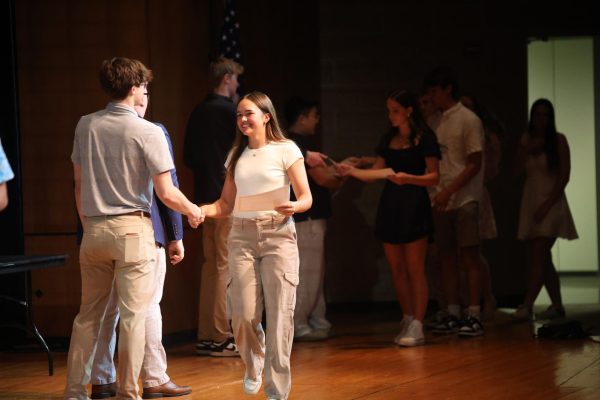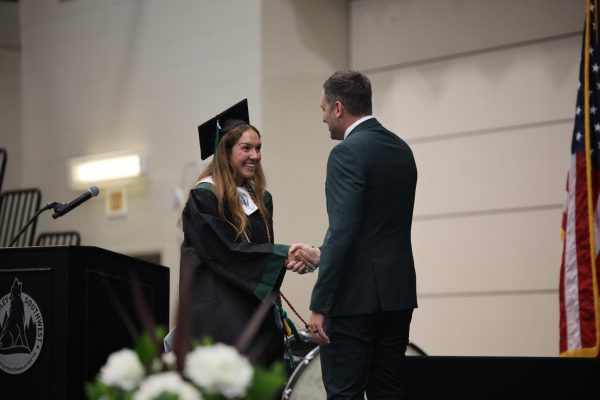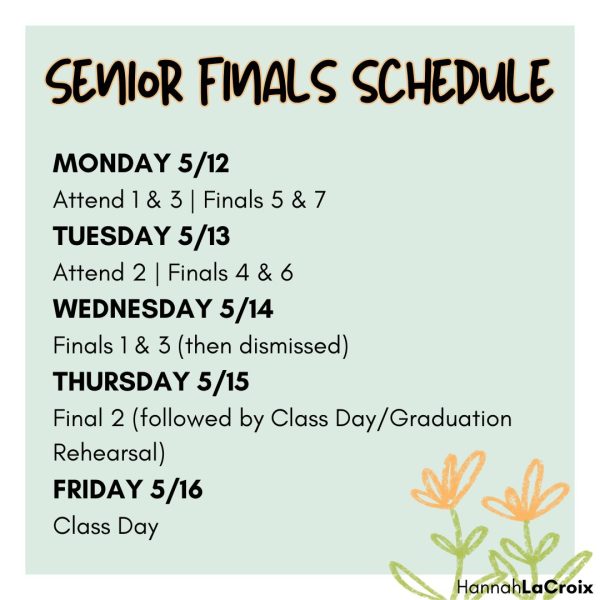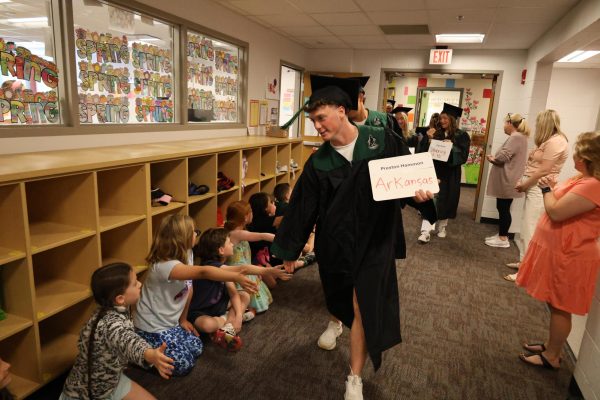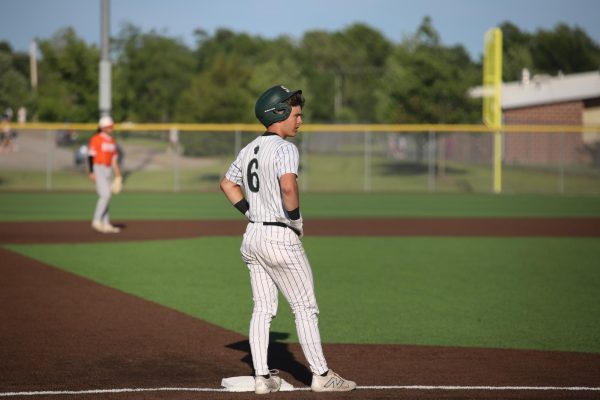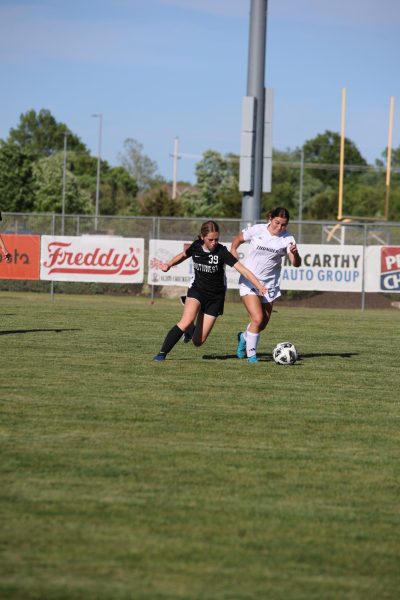Flipped Classroom
There is a new way of teaching that is being introduced into the classroom to give students a choice on how they would like to learn the information. With students receiving laptops, they are now able to access information online at home.
Math teacher Jillianne Bellville said that she doesn’t have a traditional flipped classroom.
“I’m giving students the opportunity to do stuff on their own,” Bellville said. “I have a lot of kids who learned stuff very quickly, and I have a lot of students who need extra help. I’m allowing the kids who grasp things very quickly to watch the videos on their own and do the homework on their own. They can do that either way. They can watch the videos at school and do the homework at home, they could do it vice versa or they could just get it all done at school. It’s up to them.”
In 2010, the U.S. Department of Education released a meta-analysis and review of empirical studies focused on online learning in K-12 schools and higher education from 1996-2008. Their findings revealed that “students in online conditions performed modestly better, on average, than those learning the same material through traditional face-to-face instruction.”
“My strategy for teaching students depends on the student I guess,” Bellville said. “I give the kids … the option of how they want to learn. They can watch the videos or they can participate in the lessons in the classroom. My strategy is to hopefully be able to reach each different kid in the their own way of how they want to learn.”
Everyone has a different way of learning. Some students do better learning in the classroom than at home. Some teachers have started recording their lessons so that if they were to be absent, the students would still be able to have access to their lesson for that day.
Senior Shayen Patel said that this new concept of a flipped classroom is beneficial to him.
“I think that this new way of teaching is effective because if you are watching the videos at home and then the next day if you would like some help on the homework, if you don’t understand something, you can quickly ask the teacher in there,” Patel said.
Patel said he typically follows a routine with this flipped classes. Usually, Patel watches the lessons at home and attends class to ask questions about things he might not understand.
“I prefer to learn it with the teacher,” Patel said. “I think it’s just easier to understand the material when someone else talks about it and [during class when] everyone talks about it at the same time.”
However, not all students are in agreement with this new style of teaching.
Junior Sam Palecki said the concept of a flipped classroom is not beneficial to him.
“I feel like students are left with questions that can’t be answered, but yet don’t have the confidence to ask the teacher for help,” Palecki said. “I feel like I am learning less because I choose to learn on my own and with that comes not understanding exactly what the teacher is saying.”
When given the opportunity to learn the material on their own, Palecki said most students aren’t choosing to actually take the time to learn the material.
When giving the kids the freedom to learn outside of the classroom, Bellville said teachers don’t really know if the kids are taking the time to watch the videos.
“The way that I can see if they’re learning is by checking their homework and making sure they’re doing their homework correctly and walking around the classroom and saying, ‘OK, do you understand this?’” Bellville said. “I really look at kids eyes also to see if they’re really grasping it or not.”
However, Bellville said after testing this teaching method she noticed there were some issues with student comprehension.
“I noticed a lot of kids weren’t getting their homework done and they weren’t actually watching the videos when they were going into the hallway,” Bellville said. “This unit, I am making sure that the kids stay in the classroom rather than leaving the classroom and that gives me more say over what they’re actually doing. So I can see that they’re actually watching those videos if they say they are going to be. It’s kind of my way of keeping kids accountable, making sure that they actually are doing the work.”


